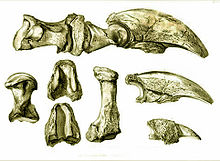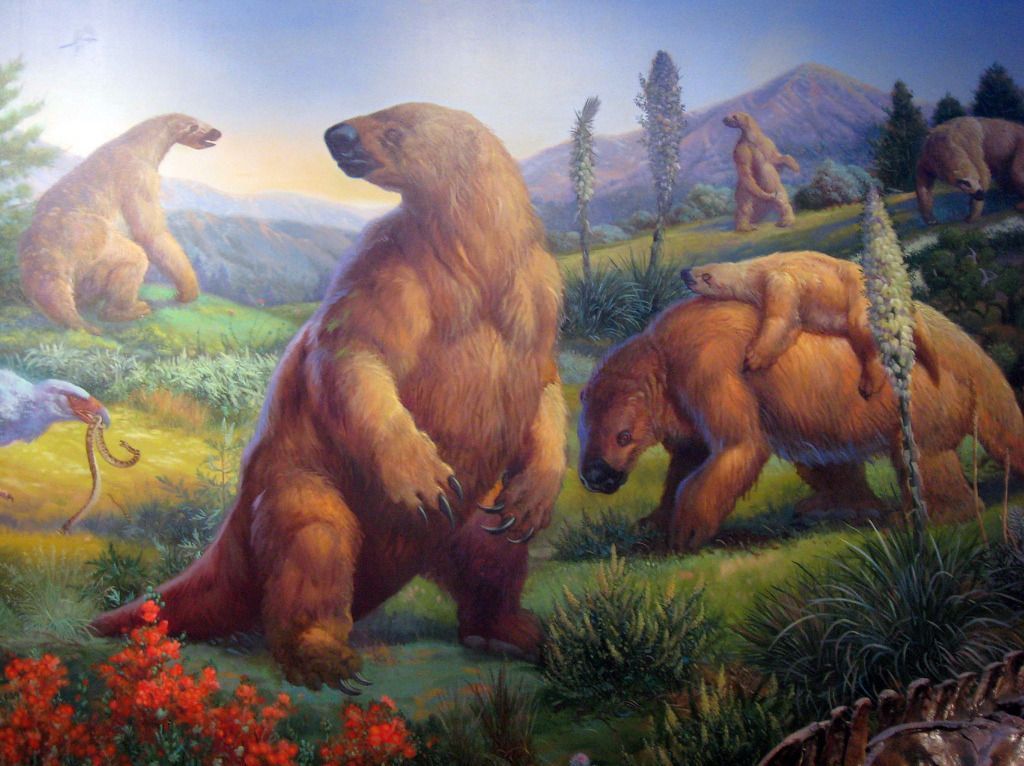Sid the Megalonyx

February 8, 2021
If you have ever watched the iconic Ice Age film series, there would be no doubt that you would know some of the extinct animals the movie consists of; the Wooly mammoth, Saber-toothed tiger, Glyptodont, Dodo, and more. Even if you have not seen the series, everyone is unequivocally fond of the even

more iconic Sidney, the sloth. More commonly known as “Sid,” this character in the movie is actually not the kind of sloth as the ones we see in today’s world like, for instance, the two or three-toed sloths. Sid was actually an extinct genus of the ground sloth and distant family of the sloths existing today named the Megalonyx, meaning “giant claw” in Greek.

The adoption of this wonderful name was from no other than one of the greatest Founding Fathers of the United States: Thomas Jefferson. Virginian settler, John Stuart, was the man who discovered the first remains of this species in 1796 inside a cave in present-day West Virginia. These parts included a femur fragment, ulna, radius, foot bones, and three large claws. Stuart had sent these parts to Jefferson in which, right-away, he began with his analytical observations in his paper, “Memoir on the Discovery of Certain Bones of a Quadruped of the Clawed Kind in the Western Parts of Virginia,” to the American Philosophical Society in 1797. In this, he made anatomical connections to the remains of another extinct subfamily of ground sloths named the Megatherium and named the very mammal we speak of now. Although Jefferson did not believe in the extinction of a species to occur naturally, he asked Luis and Clark to keep their eye out for this giant-clawed sloth when making their famous expedition. While he did end up being proved incorrect later on, Jefferson should be proud as not everyone gets to name an extinct ground sloth in their lives…
The Megalonyx became extinct around 10 million to 10,000 years ago at the cusp of the last Ice Age. Having lived from the Miocene through the Modern Period, the Megalonyx was said to be native to North America, approximately being 9.8 feet tall and 2,000 pounds. Hard to imagine a sloth weighing about as much as a Black Rhino, right? Well, get this, the Megalonyx was not even the largest sloth of all time! That honor was given to the sloth living around the same time in South America. Being over 20 feet long and over 6,000 pounds, the Megatherium that Jefferson

spoke of in his discovery memoir well-over surpasses the Megalonyxs’ largeness by 3x in weight. All of the poundage on these mammals could easily be mostly contributed by its thick hair and large internal body parts such as the skull. Their teeth were peg-like and soft due to the outer layer of dentine that surrounded them rather than enamel like we have. In result of this, they would wear down very easily, so it was convenient that they would continue to grow throughout their lifetime. Like the two and three-toed sloths of today, the Megalonyx had a herbivorous diet primarily consisting of things like leaves, twigs, and possibly nuts. As shown in the graphics provided, the Megalonyx would walk mostly on all fours, while also being able to stand on their hind legs to reach things from trees. Their environment was suggested to be of forested areas, where wild sloths nowadays live as happily as ever!

Resources:
Jefferson’s Ground Sloth | Explore the Ice Age Midwest (state.il.us)
Facts About the Giant Ground Sloth | Live Science